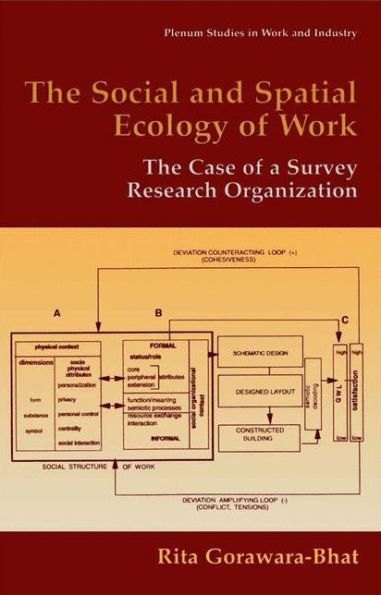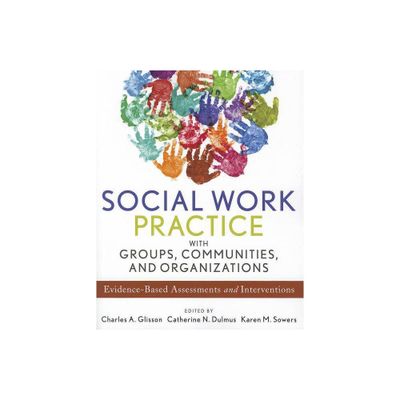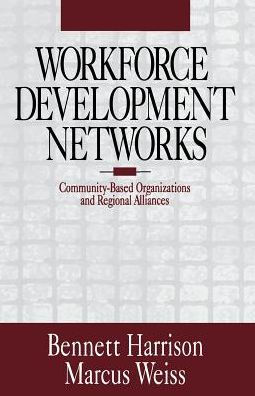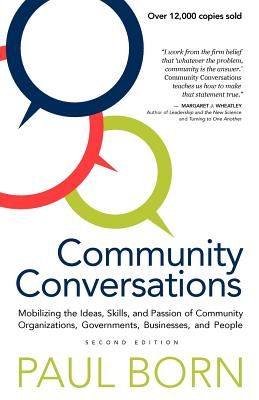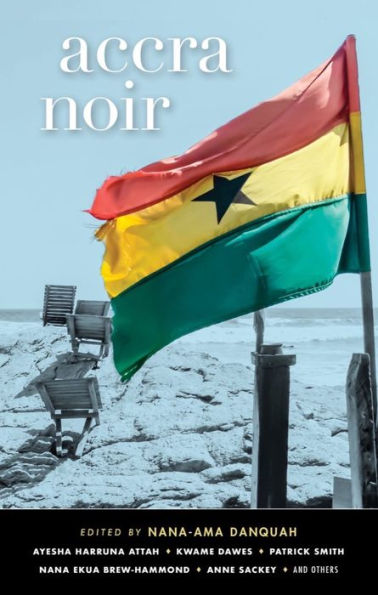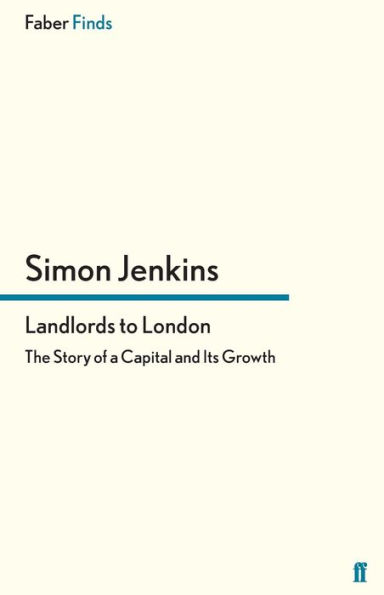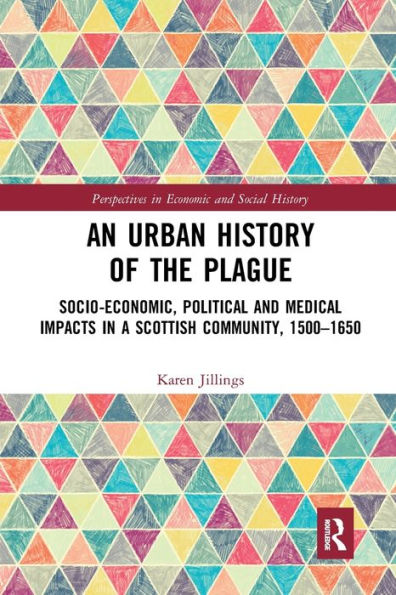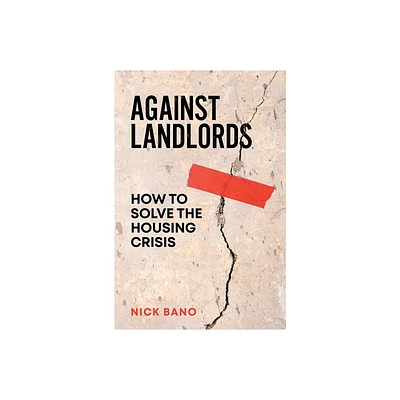Home
Landlords and Lodgers: Socio-Spatial Organization an Accra Community
Loading Inventory...
Barnes and Noble
Landlords and Lodgers: Socio-Spatial Organization an Accra Community
Current price: $95.00
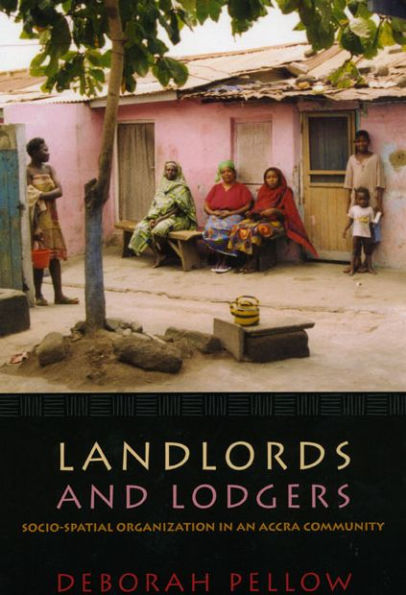

Barnes and Noble
Landlords and Lodgers: Socio-Spatial Organization an Accra Community
Current price: $95.00
Loading Inventory...
Size: Hardcover
*Product Information may vary - to confirm product availability, pricing, and additional information please contact Barnes and Noble
Landlords and Lodgers
analyzes the results of a long-term study of a Ghanaian
zongo
, or “stranger quarter”—a place of refuge for Hausa migrants from northern Nigeria who have relocated to the city of Accra. Deborah Pellow explores the relationships among community members both in terms of the built structures—rooms, doors, communal structures, and hallways—and of the social networks, institutions, and routine activities that define this unique urban neighborhood. This volume will be useful to students and scholars of the relationships between architecture, migration, and social change.
“This richly observed and lovingly constructed portrait of a distinctive community will be of interest to spatially informed scholars of religion, immigration, minority communities, and gender.”—
Gender, Place and Culture
“This theoretically informed, well-researched, and closely written book should be quite useful. . . . A fine case study of urban sense of place in a unique, yet in some ways emblematic, West African neighborhood.”—Gareth Myers,
Professional Geographer
analyzes the results of a long-term study of a Ghanaian
zongo
, or “stranger quarter”—a place of refuge for Hausa migrants from northern Nigeria who have relocated to the city of Accra. Deborah Pellow explores the relationships among community members both in terms of the built structures—rooms, doors, communal structures, and hallways—and of the social networks, institutions, and routine activities that define this unique urban neighborhood. This volume will be useful to students and scholars of the relationships between architecture, migration, and social change.
“This richly observed and lovingly constructed portrait of a distinctive community will be of interest to spatially informed scholars of religion, immigration, minority communities, and gender.”—
Gender, Place and Culture
“This theoretically informed, well-researched, and closely written book should be quite useful. . . . A fine case study of urban sense of place in a unique, yet in some ways emblematic, West African neighborhood.”—Gareth Myers,
Professional Geographer
